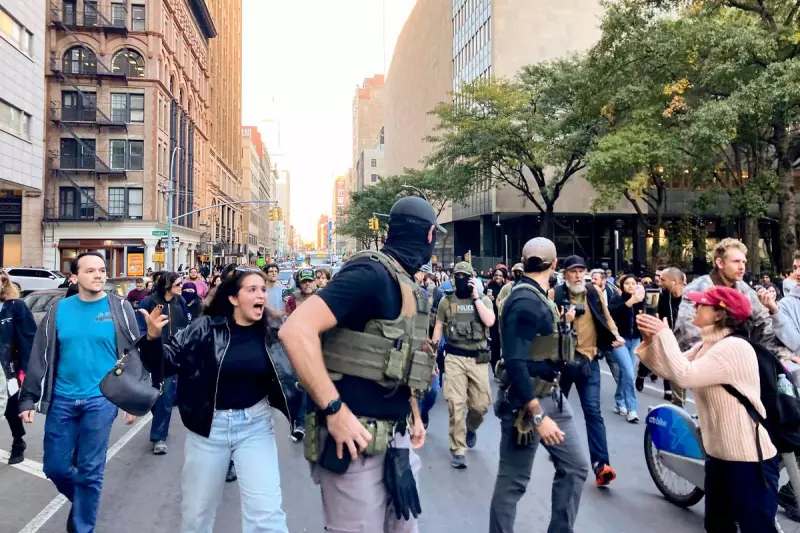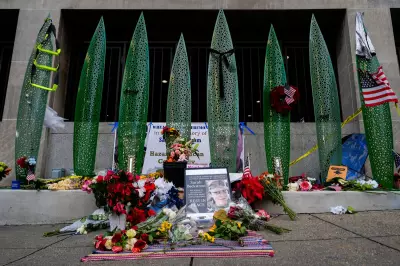
New York City Mayor Eric Adams has ignited a firestorm of criticism following controversial remarks about immigration and employment during a recent public address. The mayor's comments have drawn sharp rebukes from community leaders and advocacy groups across the city.
Controversial Workforce Comments
During his speech, Mayor Adams suggested that newly arrived immigrants could replace New Yorkers in certain sectors of the local workforce. This statement immediately raised eyebrows among immigrant rights organisations and political opponents who accused the mayor of promoting divisive rhetoric.
The controversy comes at a sensitive time for New York City's immigration policies, with the city continuing to grapple with the arrival of thousands of migrants seeking asylum.
Community Backlash and Political Fallout
Local advocacy groups were quick to condemn the mayor's remarks, calling them "insensitive" and "potentially damaging" to community relations. Many expressed concern that such statements could fuel anti-immigrant sentiment and create unnecessary divisions within the city's diverse population.
Political opponents seized on the comments, accusing Mayor Adams of abandoning his previous pro-immigrant stance and adopting a more conservative approach to immigration issues.
Historical Context and Current Challenges
New York City has long prided itself on being a sanctuary city with strong protections for immigrants. However, recent increases in migrant arrivals have strained city resources and prompted debates about how best to manage the situation.
The mayor's office has been working with federal agencies including the Department of Homeland Security and Immigration and Customs Enforcement to address challenges related to immigration processing and support services.
Looking Forward
As the controversy continues to unfold, community leaders are calling for more nuanced discussions about immigration policy that recognize both the contributions of immigrants and the need for comprehensive support systems.
The incident highlights the ongoing tension between practical governance challenges and the principles of inclusion that have long defined New York City's approach to immigration.





